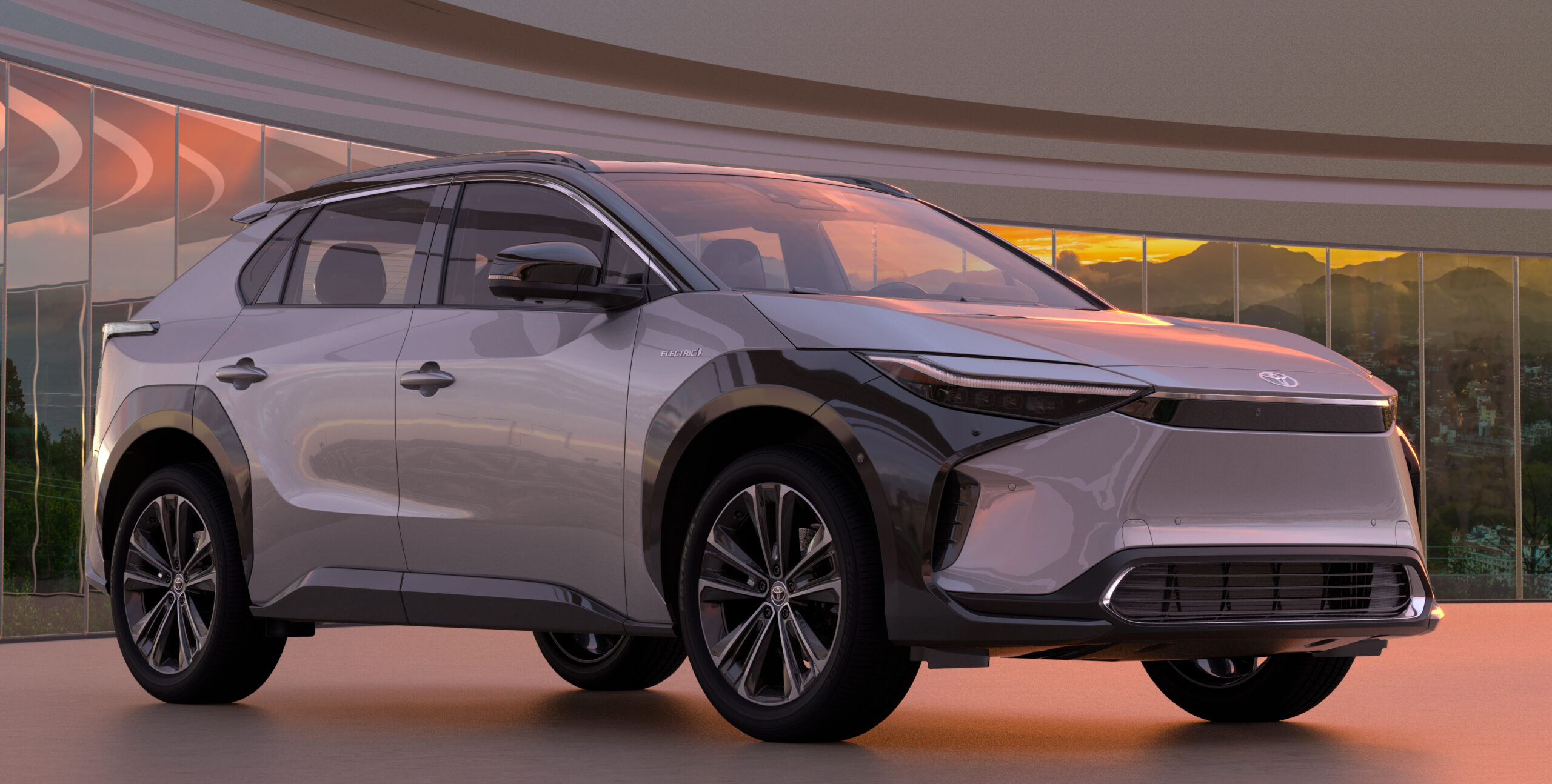Toyota unveiled prototypes of internal combustion engines that can run on hydrogen, gasoline, and other fuels, aiming to promote alternative technologies for reducing carbon emissions.
The world’s largest carmaker, along with Mazda and Subaru, announced advancements in developing smaller, more efficient engines compatible with electric vehicle manufacturing platforms and capable of meeting future stringent emission regulations.

Buoyed by strong hybrid-car sales, Toyota and its partners assert that fuel-burning engines still have a role as the industry transitions to battery EVs in the global push to decarbonise. The Japanese manufacturers have faced criticism for their reluctance to fully commit to electrification, while BYD and Tesla lead in battery-based EVs.
“To become carbon neutral, what’s most important is to reduce emissions,” Toyota Chief Executive Officer Koji Sato stated at a joint briefing with the CEOs of Mazda and Subaru on Tuesday. “We need an engine that can efficiently use various fuel types.”
Hiroki Nakajima, Toyota’s chief technology officer, declined to provide a timeframe for when Toyota’s new engines would appear in its vehicles. However, he assured the carmaker will introduce them to the market before enforcing stricter emission rules. He did not specify any geographic regions.
On Monday, 27th of May the Japanese manufacturer announced that it will study with petroleum company Idemitsu Kosan, heavy machinery maker Mitsubishi Heavy Industries, and oil refiner Eneos Holdings to introduce carbon-neutral fuels in Japan by 2030.
Despite challenges, a banner year characterised by record-breaking output, operating income, and share prices has provided Toyota with the momentum and financial resources necessary to fulfil its promises of launching millions of battery EVs in the coming years. Last year, Sato pledged that Toyota would sell 1.5 million battery EVs annually by 2026 and 3.5 million by 2030.
Simultaneously, the Japanese manufacturer has consistently advocated for the necessity of multiple options to navigate the transition to electrification. This approach, termed a “multipathway” strategy, aims to provide customers with a diverse array of powertrain choices, including hybrids, hydrogen fuel cells, combustion engines, as well as battery EVs.
Toyota, Mazda, and Subaru highlighted engine prototypes that are more compact than current technology, emphasising that these advancements would enable greater flexibility and creativity in design.

Subaru announced its commitment to retaining its signature horizontal boxer engine to maintain its identity with consumers while also adapting it to utilize alternative fuels. Meanwhile, Toyota showcased 1.5-litre and 2.5-litre engines that were shorter, smaller, and more powerful.
“The engine can’t continue in its current form. It requires change,” Sato asserted.
Despite the detailed plans to develop new engines, Toyota reiterated its commitment to EVs. Earlier this month, the company announced it would allocate an additional ¥500 billion ($3.2 billion) towards research and development to decarbonize and develop next-generation software.
Ultimately, the carmakers emphasised that decisions regarding developing alternative fuel engines will hinge on whether the technology makes sense from a business perspective.
“It’s primarily about business feasibility, whether it makes economic sense,” stated Tetsuo Fujinuki, Subaru’s CTO.
In navigating the complex landscape of automotive innovation, the convergence of environmental responsibility and economic viability remains paramount. As Toyota, Mazda, Subaru, and others chart their course towards a sustainable future, the balance between technological advancement and business practicality will continue to shape the evolution of the automotive industry.


